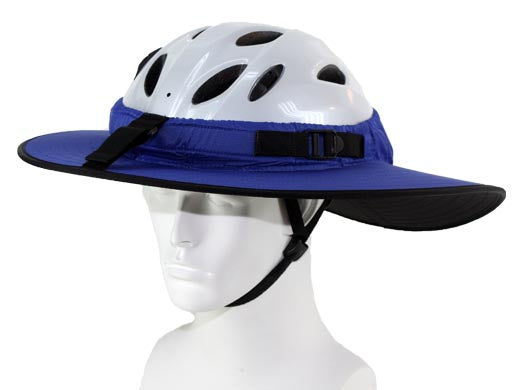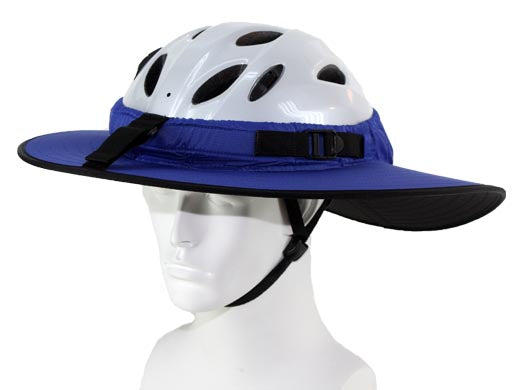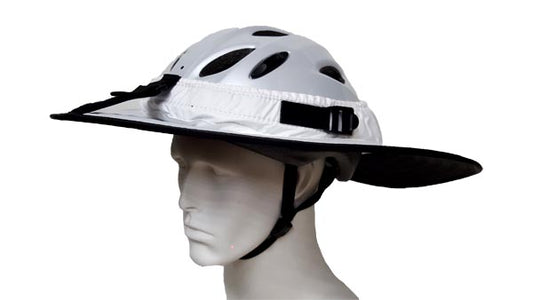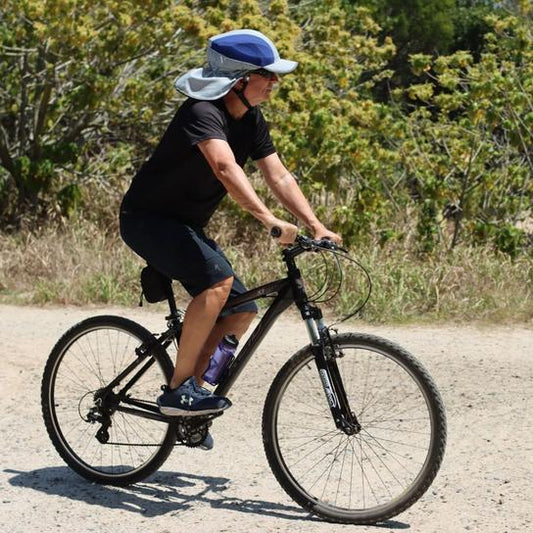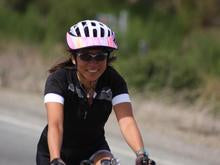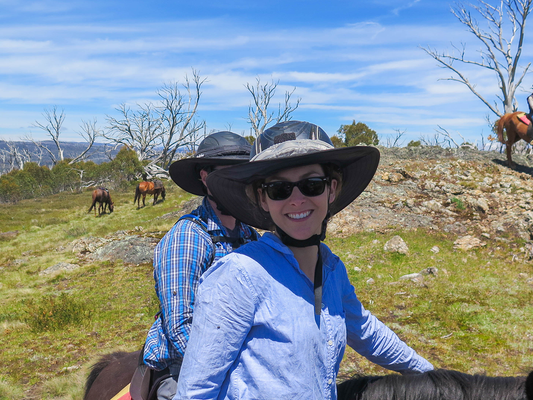Our planet is bathed in sunlight every day, filling our world with warmth, light, and the energy necessary for life. Yet, hidden within these radiant beams is a potentially dangerous component: ultraviolet radiation (UVR). While we associate sunlight with vitality and outdoor fun, the invisible rays that accompany it have long-lasting and often harmful effects on our skin. In this comprehensive guide, we will explore why UVR is so damaging to our skin, how it contributes to premature aging, skin cancer, and other health risks, and what you can do to protect yourself.
Understanding Ultraviolet Radiation (UVR)
Ultraviolet radiation is a form of electromagnetic radiation that comes primarily from the sun. It is divided into three main types based on wavelength: UVA, UVB, and UVC. Each type has distinct effects on our skin, and while not all are equally harmful, prolonged exposure to any form of UVR can cause significant damage.
-
UVA (Ultraviolet A): The longest wavelength, UVA penetrates deep into the skin, reaching the dermis. While it is less intense than UVB, it is present all year round and can cause long-term skin damage. UVA is primarily responsible for photoaging—wrinkles, leathery skin, and age spots—and plays a role in the development of skin cancer.
-
UVB (Ultraviolet B): Shorter in wavelength but more powerful, UVB affects the epidermis, the outer layer of skin. It is the main cause of sunburn and directly damages the DNA in skin cells, leading to mutations that can cause skin cancer.
-
UVC (Ultraviolet C): The most dangerous type of UVR, UVC rays are fortunately filtered out by the Earth's ozone layer and do not reach us.
Both UVA and UVB are harmful, but UVB is considered the most damaging in terms of direct DNA damage, while UVA accelerates aging and contributes to cancer formation over time. Together, these rays pose a serious threat to skin health, especially when exposure is unprotected.
How UVR Damages the Skin
The skin is the body’s first line of defense against environmental hazards, including UV radiation. When UV rays hit the skin, they interact with cells in ways that lead to visible and invisible damage. Let’s break down the primary types of damage UVR causes.
1. DNA Damage
One of the most serious effects of UV exposure is the direct damage to DNA. UVB radiation can cause mutations in the DNA of skin cells, disrupting normal cell function. When DNA is damaged, the body works to repair it, but over time, repeated exposure to UV radiation can overwhelm the body's ability to keep up with this damage. The result can be mutations that lead to the uncontrolled cell growth characteristic of skin cancer.
2. Free Radical Formation and Oxidative Stress
UVA rays, although less intense than UVB, penetrate deeper into the skin and cause oxidative stress. This process occurs when UVR leads to the formation of free radicals—unstable molecules that damage cells and tissues by stealing electrons from other molecules. This oxidative stress degrades collagen and elastin, the proteins responsible for keeping our skin firm and youthful. Over time, this leads to signs of premature aging, such as wrinkles and sagging skin.
3. Immune Suppression
UV radiation can also suppress the local immune response in the skin. UVB rays have been shown to reduce the effectiveness of the skin’s immune surveillance, allowing damaged cells to proliferate and increasing the risk of skin cancers such as melanoma, basal cell carcinoma, and squamous cell carcinoma. Sunburn itself is an inflammatory response caused by the immune system's reaction to damaged skin cells.
4. Sunburn and Erythema
Sunburn is perhaps the most immediate and obvious sign of UV damage. When UVB rays penetrate the outer layer of the skin, they cause cells to release inflammatory substances, leading to redness, swelling, and pain. A single severe sunburn can significantly increase the risk of skin cancer later in life.
5. Hyperpigmentation and Sun Spots
Chronic exposure to UVR can cause hyperpigmentation, or an overproduction of melanin, the pigment responsible for skin color. This leads to the formation of sunspots or age spots, especially in areas frequently exposed to the sun, such as the face, hands, and shoulders.
The Long-Term Effects of UV Damage
While sunburn is a clear indication that your skin has been damaged by UVR, not all effects of UV exposure are immediately visible. Long-term consequences include:
-
Premature Aging (Photoaging): UVA rays break down collagen and elastin, leading to wrinkles, loss of skin elasticity, and an overall aged appearance. This process can begin in your 20s, especially if you spend a lot of time in the sun without protection.
-
Skin Cancer: The most serious consequence of UV damage is skin cancer. Overexposure to UVB rays increases the risk of developing basal cell carcinoma, squamous cell carcinoma, and the most dangerous type of skin cancer, melanoma. According to the Skin Cancer Foundation, about 90% of nonmelanoma skin cancers and 86% of melanomas are associated with exposure to ultraviolet radiation from the sun.
-
Damage to the Eyes: UVR doesn’t just affect the skin—it can also damage the eyes. Prolonged exposure to UV rays increases the risk of cataracts, macular degeneration, and even photokeratitis, a painful condition similar to a sunburn but affecting the cornea of the eye.
How to Protect Yourself from UVR Damage
Now that we understand the damage UVR can inflict on our skin, it’s crucial to know how to protect ourselves. The good news is that sun safety is relatively simple if you adopt a few key practices.
1. Wear Sunscreen Every Day
The single most effective way to protect your skin from UV damage is to use sunscreen regularly. Choose a broad-spectrum sunscreen with an SPF of at least 30, which protects against both UVA and UVB rays. Apply it generously to all exposed areas, and reapply every two hours or after swimming or sweating.
According to the American Academy of Dermatology, sunscreen should be worn every day, even on cloudy days, as up to 80% of UV rays can penetrate through clouds.
2. Seek Shade During Peak Hours
UV radiation is strongest between 10 a.m. and 4 p.m. During these hours, try to stay indoors or seek shade. If you must be outside, wear protective clothing and a wide-brimmed hat.
3. Wear Protective Clothing
Clothing can provide an extra layer of protection against UV rays. Look for garments with a UPF (ultraviolet protection factor) rating, which indicates how much UV radiation the fabric can block. Darker colors and tightly woven fabrics generally offer more protection than lighter, loose fabrics.
4. Use Sunglasses with UV Protection
Your eyes are just as vulnerable to UV damage as your skin. Protect them by wearing sunglasses that block 100% of both UVA and UVB rays. Wraparound sunglasses provide even more coverage and help protect the delicate skin around your eyes.
5. Be Aware of Reflective Surfaces
Water, snow, sand, and concrete can all reflect UV rays, increasing your exposure. If you’re spending time near these surfaces, be extra vigilant about sun protection.
6. Avoid Tanning Beds
Tanning beds expose you to concentrated levels of UVA and UVB radiation, significantly increasing your risk of skin cancer. The World Health Organization has classified tanning beds as carcinogenic, meaning they are directly linked to cancer development.
7. Check the UV Index
Before heading outdoors, check the UV index for your area. This index provides a forecast of the expected risk of overexposure to UV rays. A higher UV index means greater potential for skin damage. You can find the UV index in most weather apps or websites.
Conclusion: The Importance of Sun Safety
While UV radiation is a natural part of our environment, its potential to cause lasting harm to our skin should not be underestimated. By understanding how UVR damages the skin and adopting effective sun protection strategies, we can significantly reduce our risk of skin cancer, premature aging, and other health problems.
Incorporating sun safety into your daily routine is an investment in your long-term health. Whether it’s applying sunscreen every morning, wearing a hat, or simply seeking shade during the hottest part of the day, these small actions can make a big difference in preserving your skin’s health and vitality. For further resources on sun safety and skin health, visit the Skin Cancer Foundation and the American Academy of Dermatology.
